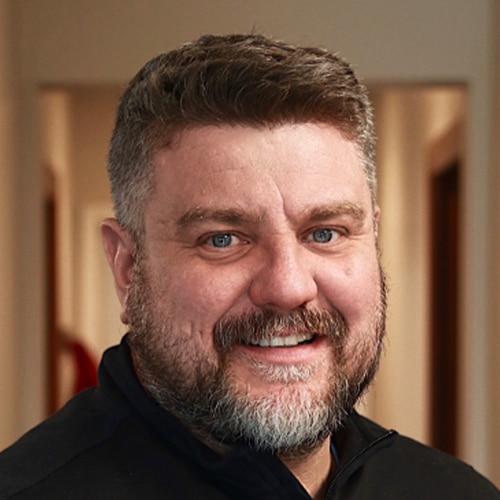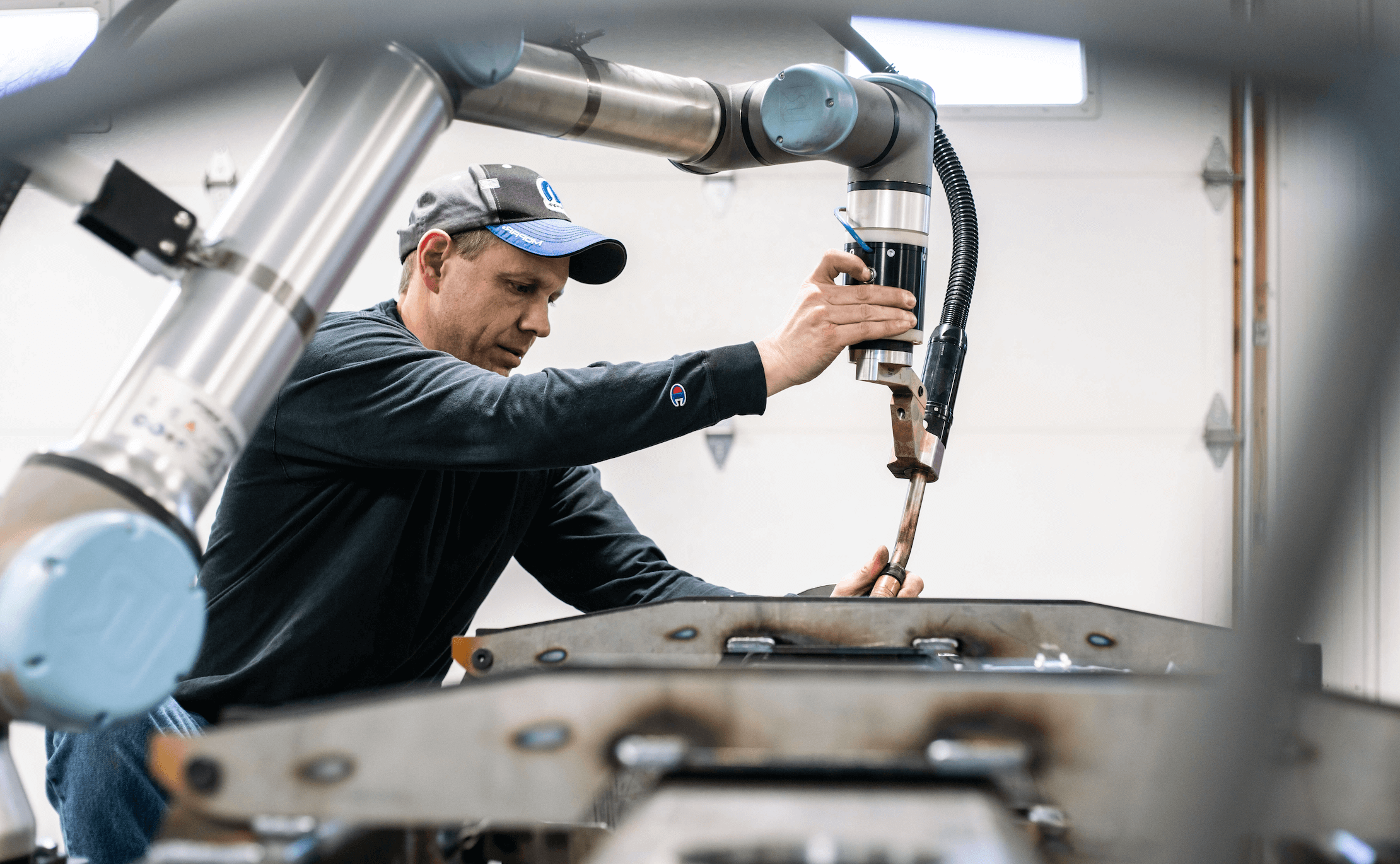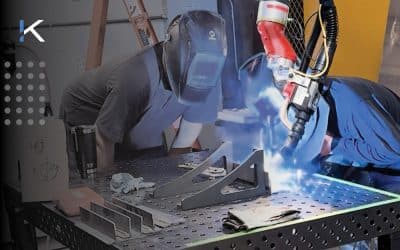When contemplating robotics integration, precision machine shops understandably like to know their anticipated return on investment (ROI) before moving forward.
Most automation projects will pay for themselves and generate a positive return within 6-12 months.
However, if you’re new to the automation space, you’ll want to begin your automation investment with a high-ROI project that will enable further automation and increased profits in the long term.
Let’s take a look at the true ROI of implementing automation—and what it takes to get there.
4 Areas to Anticipate a Return on Your Investment
There’s a standard assumption that automation in manufacturing means replacing people with robots. While labor substitution is an ROI factor for many precision machine shops, most experience a greater benefit by redirecting their team members’ talents toward other, more challenging tasks.
So instead of focusing solely on labor substitution, we tell customers to look for ROI in these areas:
1. Part quality
What would happen if you could increase your first pass yield? The repeatability that automation enables can eliminate variability, allow you to tighten up tolerances, and improve part quality.
2. Part flow
To sell more widgets, you need to make more widgets. But to make more widgets, you need to hire more people. Right?
Not necessarily!
Your net income per part largely depends on how quickly a part can be manufactured. So instead of bringing on more widget makers, invest in robotics automation that supplements your existing team to increase production speed. With automation on board, you can now designate your labor budget for scenarios where human expertise is the only (and best) solution.
Automation in manufacturing not only helps shops invest in top talent for challenging roles but also powers a 10x reduction in the time required to make a part. What took 10 minutes now takes one; what took an hour now takes six minutes.
A recent Kinetic Technologies customer integrated automation and successfully reduced one part’s assembly time from five hours to less than 45 minutes!
3. Growth opportunities
Even if your shop isn’t trying to build and sell more of a product, automation opens up countless opportunities to grow in other areas.
When a precision machine shop integrated automation into one product’s manufacturing process, they weren’t looking to make and sell more of that product. What automation offered this particular shop was the chance to branch out into other areas of interest: manufacturing new parts and products, expanding its customer network, and developing its reputation throughout relevant industries.
4. Risk mitigation
The final factor is a tough one to qualify, but it’s certainly worth noting that shops mitigate risk by incorporating automation in manufacturing.
For one, automation leads to increased employee satisfaction, reducing the risks associated with high employee turnover and unmotivated workers. Rather than burdening your team with dull, dangerous, and dirty jobs, robotics integration allows skilled workers to innovate and solve problems.
Increased safety further mitigates risk—the risk of employee injury from chemicals, cuts, burns, dust inhalation, and countless other potential dangers decreases.
Believe it or not, failing to incorporate automation can even increase risk for companies. Resisting automation risks the perception of your brand, both internally and externally. Shops that embrace robotics integration are seen as innovative, advanced, and forward-thinking, whereas shops that avoid automation are viewed as outdated and out of touch.
Robot and Cobot Integration with Kinetic Technologies
When you’re ready to take the leap into automation, Kinetic Technologies will guide you, beginning with a process evaluation. We’ll review your current processes and determine whether and where automation can serve your shop, your team, and your customers.
For example, we may be able to build a custom fixture that will increase the efficiency of one of your manual processes. This step is often the first toward automation for many companies.
We discuss your goals
As part of the process evaluation, we’ll help you define the challenges your shop hopes to address. We’ll never encourage a shop to buy a robot just to have something new and shiny. Robotics integration should help support a business objective, like trying to scale a part’s production.
We start small
Many of our initial automation projects are quite small. We see automation as a journey, one that will last throughout the life of your business. Part of that journey is building a strong, ongoing partnership with each precision machine shop customer.
Far from selling you a pre-built cell and telling you to “figure it out,” our team collaborates closely with you to help you identify, achieve, and evolve your goals.
We prefer to help shops scale over time, expanding iteratively and adding value incrementally. Shops that scale slowly benefit from elegant solutions customized to their unique facility’s needs and nuances.
We’re ready today
Unlike many automation implementers, Kinetic Technologies doesn’t have months- or years-long lead times. We’re ready to connect with you today and quickly begin developing solutions.
To get started with your own automation planning, request a quote.

Mark Barglof is the President and owner of Kinetic Technologies, LLC, a robotic welding integration shop just north of Algona, IA. After serving in the military and earning the U.S. Army Ranger Tab, Mark shifted career paths and dove into the world of manufacturing. His vision is to build a full-service engineering and robotics company that can bring to bear all the advanced engineering tools to support their clients and make their concepts come to life quickly. They are intently focused on robotic welding integrations, robotic welding positioners and fixtures, and custom machine building.




